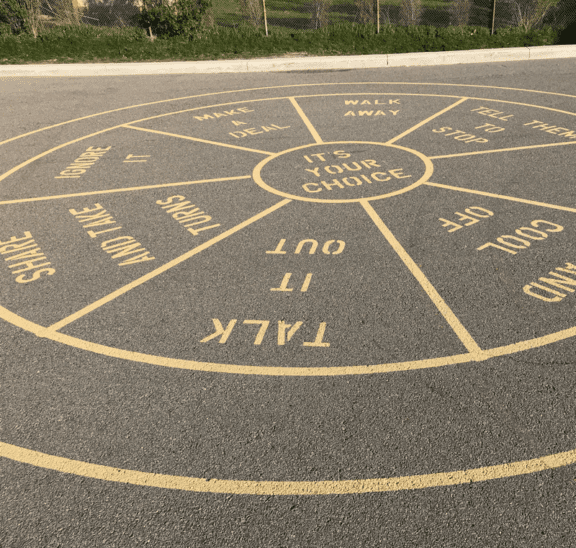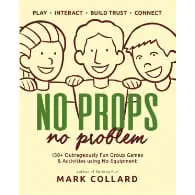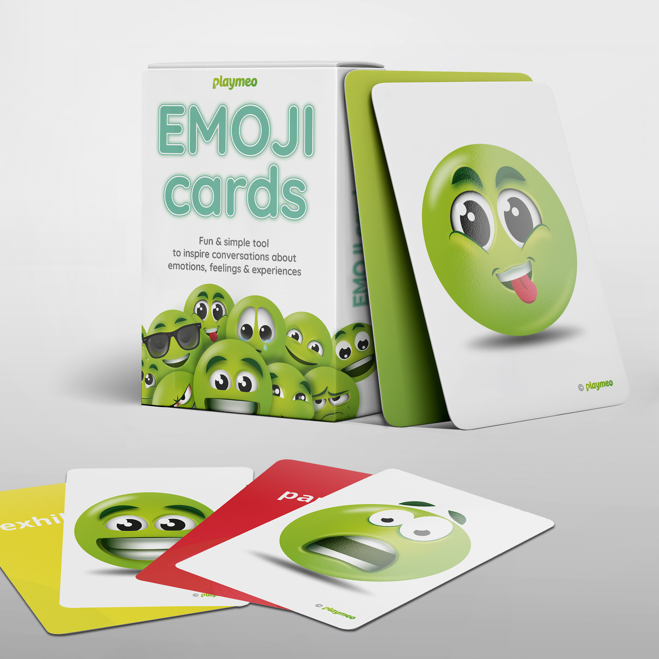20+ Fun & Engaging Ways to Form Random Pairs
So you’ve asked your group to pick a partner so that you can form smaller teams and… they immediately make a beeline to their best…

Some people confuse the absence of conflict as part of the ideals of a high-performance team, but it is not.
In the words of M Scott Peck, author of The Road Less Travelled, “… true community (or team success) is not the absence of conflict, rather it is the ability to manage conflict gracefully.”
And as facilitators of groups, we are often confronted with moments in which the people we are working with are unable or perhaps not willing to manage their conflict gracefully. In these cases, what do you do?
I know I tend to lean on the power of play and group process to help the situation get resolved.
The following is not necessarily a list of activities I use to resolve conflict. I am not a psychologist or a counsellor in the therapeutic sense of the word, so I instead lean on my ability to engage my group in a playful experience and then navigate my group’s conversation to keep it as productive and graceful as possible.
To this end, and on the back of a recent member enquiry, I was prompted to consider my favourite group exercises that may provide a helpful framework to observe and explore the mechanics of conflict within a group.
In no particular order, here are my top three group games & activities I present to navigate conflict resolution.
This is the first activity that comes to mind because it is deliberately designed to produce conflict, especially in the context of communication styles. Culture Shock is super-fun, quick and will provide you and your group with ample practical conflicts to explore and resolve.
If you have 30 to 45 minutes up your sleeve, then give Pay-Off a try. Also known as Trade-Off by many corporate trainers, the context of this exercise is highly competitive. Without exception, it always leads to conflict when one or more teams say one thing but do something else. Present only if you have the time, and you allow for ample discussion time at the end because the dynamics of this exercise can be explosive if not managed well.
This simple, yet extremely powerful group initiative is fantastic for groups tasked with a consensus-building objective. Conflict is often sourced in the intractable positions of some people who refuse to ‘toe the line’ and achieve consensus. This knotty exercise is perfect for these types of conversations.
The key to using these exercises as an opportunity to explore conflict resolution is not to get bogged down in the “he said, she said” minutiae but to invite your group to focus on the costs and benefits of all of the possible courses of action, and why one course was chosen over another.
From here, it is relatively simple to connect this part of the conversation – to which everyone has a common, shared experience – to the real-world consequences of the conflict. Look for clear and agreed principles and apply them to real-world situations.
For example, if trust is at the core of the conflict, discuss how trust was betrayed or broken in the fun activity and then apply it to the current circumstances. Help your group to explore what it looks like, sounds like and feels like to be on both sides of the conflict to find common ground.
When tempers get frayed again (and they often do,) return to the agreed principles of one of your playful experiences and apply them again.
In some ways, fun group games & activities serve as a proxy for the group’s interactions, but in a safer, more controlled environment. In my experience, people behave in ways that are more natural when they are ‘playing’; therefore, we do not have to waste time on some group members trying to ‘be’ something they are not. That is to say, it is much simpler to manage conflict when people are being who they really are.
What are your conflict resolution experiences with group games & activities?
Please share your favourite activity ideas in the Comments below.

Best-selling book featuring 150+ fun group games & activities. Scan QR codes to access digital content including videos.

Brand new deck of cards featuring emoji images to help you inspire conversations about emotions, feelings & experiences.
Download our free 28-page ebook jam-packed with outrageously fun activity ideas.
Just one more question:
Share this with friends and colleagues.
We offer a range of membership plans with no surprises.
Click an option below & discover our simple pricing.

Click here if you’re a:

Click here if you represent a:
Explore plans for
10, 50, 200 or more
potential users
indeeeeed – thanks for the message and the link, mary! 😉
looooove the alliteration – all kinds of biases start with c. annnnnd they have four seasons! wow. thanks again, mary. (“,)
Love these activities (all new to me!). Not a Knot reminds me of the outline of a podcast I’ve been listening to (one of my new favorites): Learning How to See (https://podcasts.apple.com/gb/podcast/1-why-cant-we-see/id1532685433?i=1000493605117).
McLaren has done a fair bit of research about the various types of bias: confirmation, complexity, contact, competency, (13 of them). How we “see” shapes so much in our lives and interactions. (Season 1 lays the foundation of the 13 biases). A premise of the podcast is that we ALL need to learn how to recognize our biases so we can see better, more fully. Of course, the gift of that is to be open to complexity and awareness of how much we don’t know and don’t see, Anyway…
Thanks for these!
Oh wow, thanks Mary. That sounds like a wonderful podcast, thanks for recommending it to us 🙂